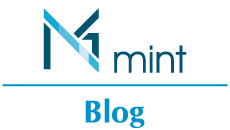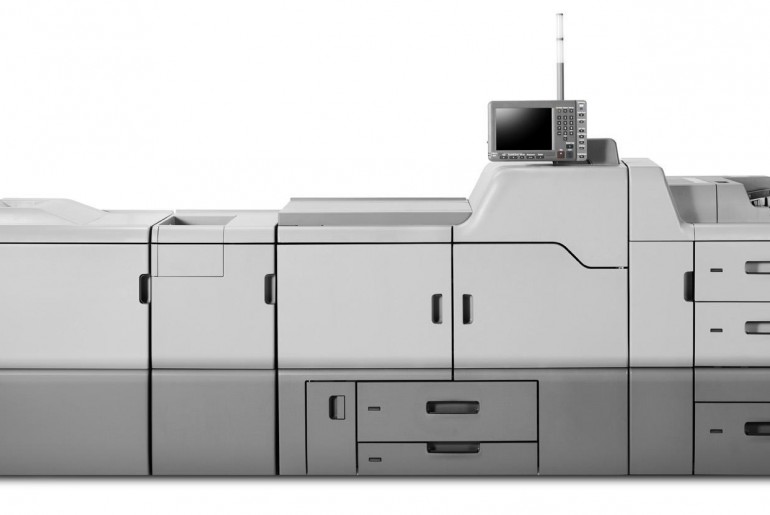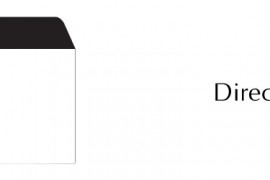Ever wished you could have a printout whenever you want it and only when you want it. This is one of the main advantages of digital printing. You get to order only what you require when you require it. This is a common practice with publishers which provides better ways to manage costs as opposed to mass production of the publications.
In the long-run however, the costs of print on demand (POD) are far much higher than if they were to be produced in mass. You must choose between reduced costs per print of mass production and efficiencies of on-demand production.
The benefits of mass production are getting harder to achieve due to dynamic demand patterns. Traditionally you’d estimate demand and print according to the estimates. Chances of wastage are high. The other option is waiting for orders to pile up. But customers also want a shorter turnaround time which means they expect delivery in the shortest time possible.
With print on demand, these disadvantages are eliminated. Ecommerce platforms can be synchronised with print servers ensuring an order is placed straight away on the digital printing queue. The advantage of this is you get to print only what you’ve sold.
The same can be replicated for marketing materials. The need for printing mass marketing material is becoming unnecessary. This can be managed by printing exactly what is required. Printing 10,000 brochures could prove unnecessary and costly as you will be forced to distribute to non-target customers. Targeted marketing saves you the costs of having to print in mass instead you print whenever the material is demanded. With variable data printing, the marketing material could change as desired without incurring extra costs as would be observed in offset printing.







